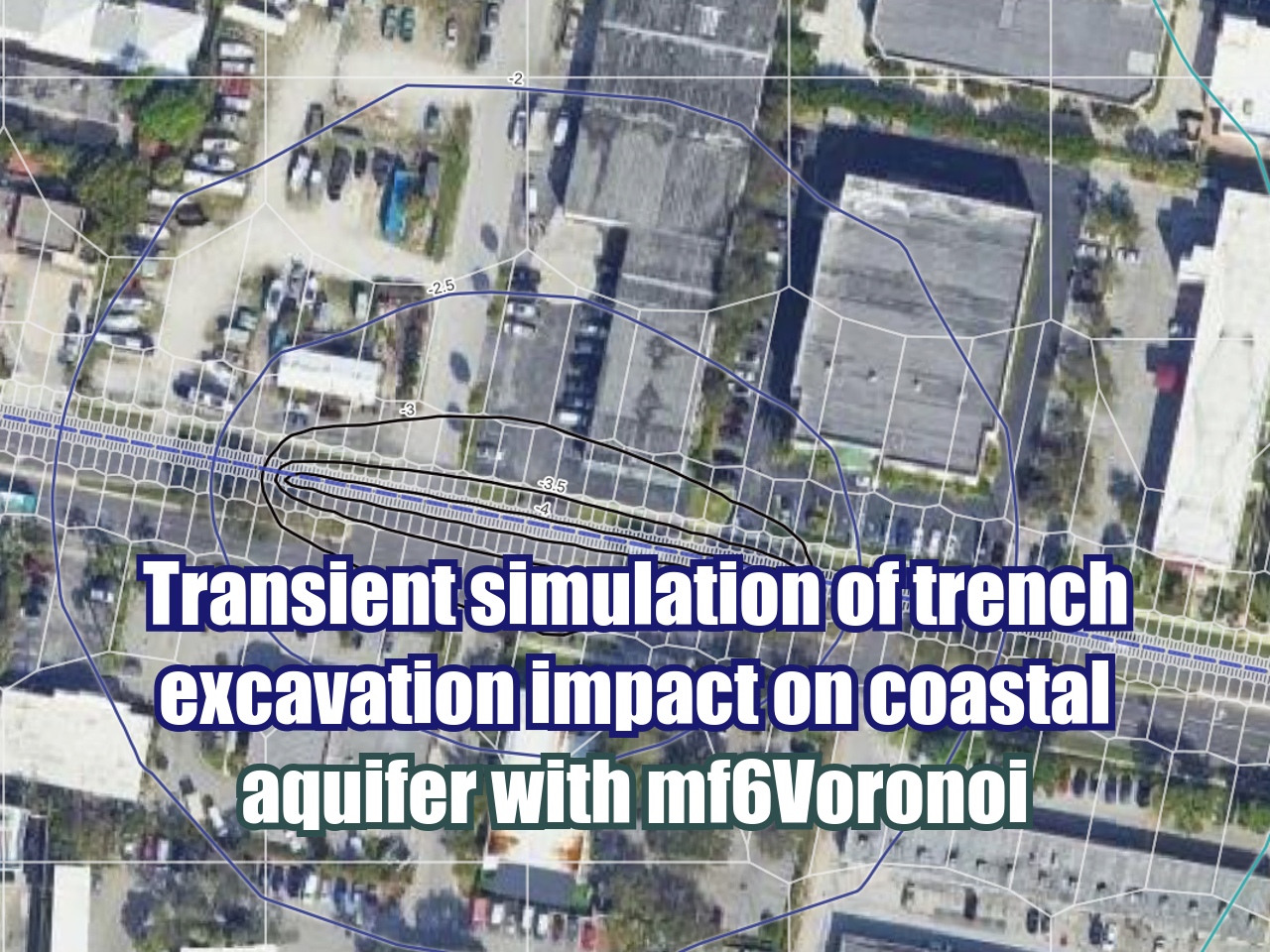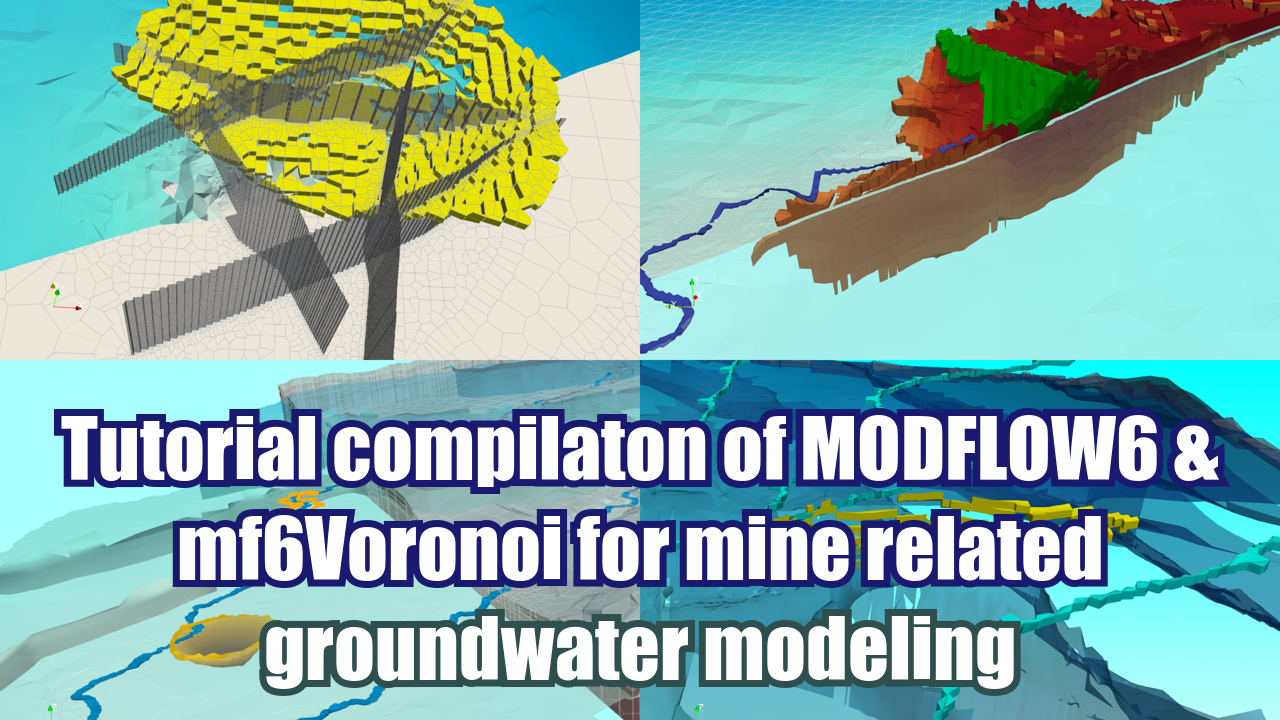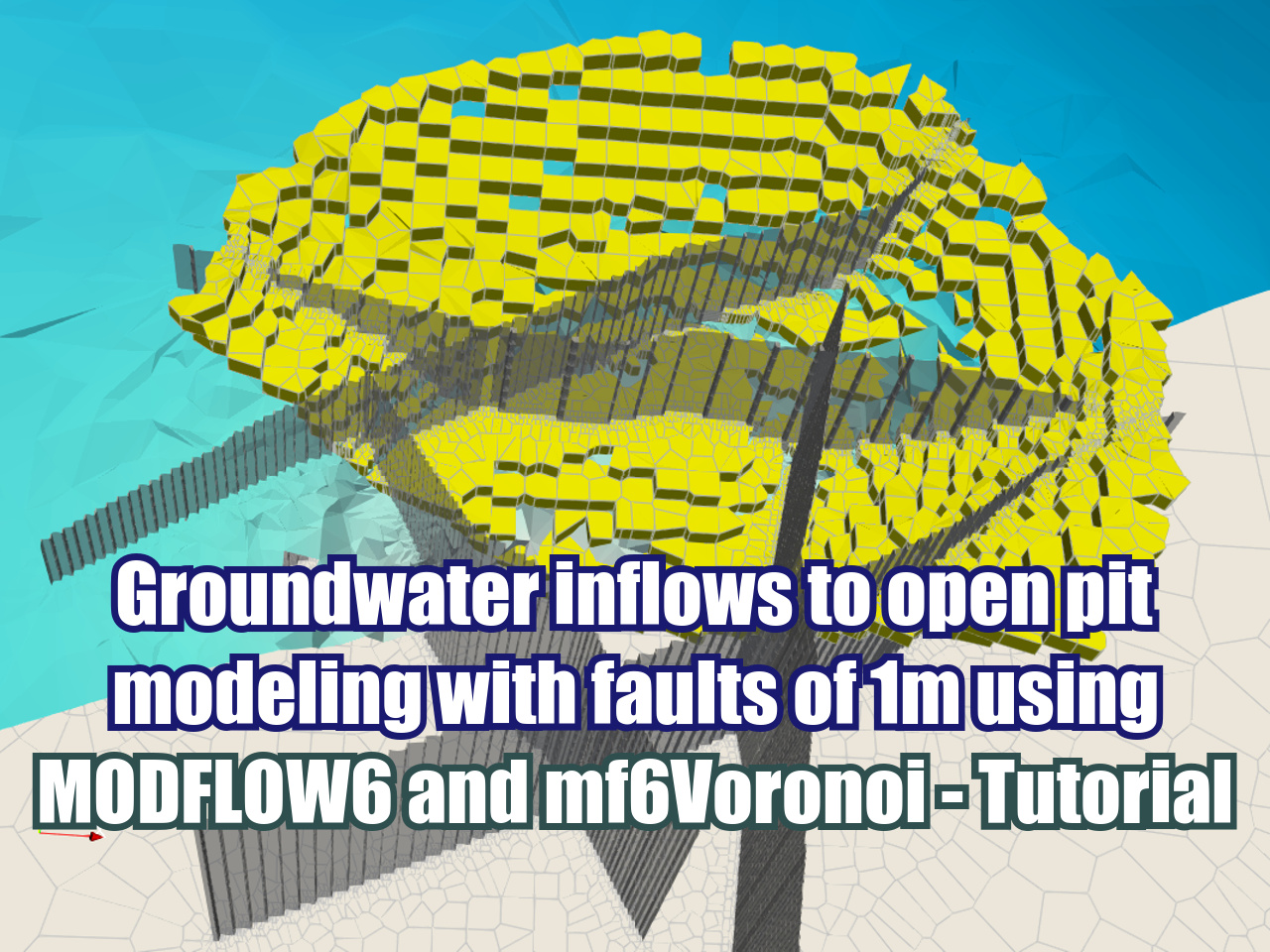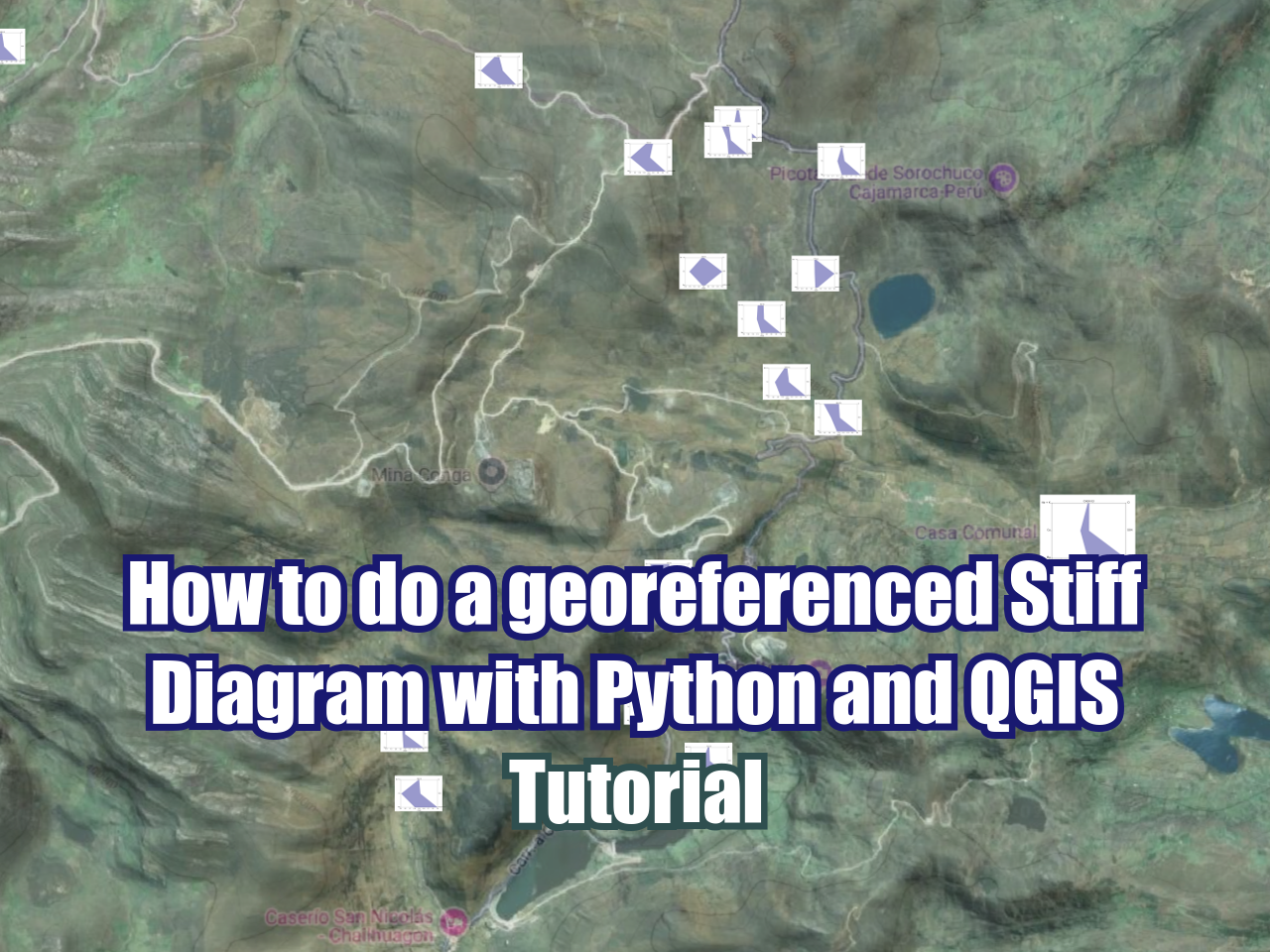Under the concept of “applied geospatial Python” we have developed some procedures / tutorials of some common spatial analysis tasks done on desktop GIS software. The aim isn’t to reinvent the wheel but to explore the current Python tools and libraries that can create, analyze and represent both vector and raster spatial data.
Triangular interpolation is one of several types of interpolation techniques available in both Python and GIS software, however the advantage of working with Python is that the interpolation is a function where you can get the interpolated value on a specific point while in GIS software you are required to create a raster and sample values from the raster (.. as far as we know).
We have created a tutorial with a complete procedure in Python to import points with elevation as a attribute, creates a triangular interpolation function and has two spatial outputs: an interpolated geospatial raster in TIFF format and a shapefile with elevation attribute for another set of points. The tutorial uses several Python libraries as Matplotlib, Rasterio, Geopandas, Scipy.
Read More






















